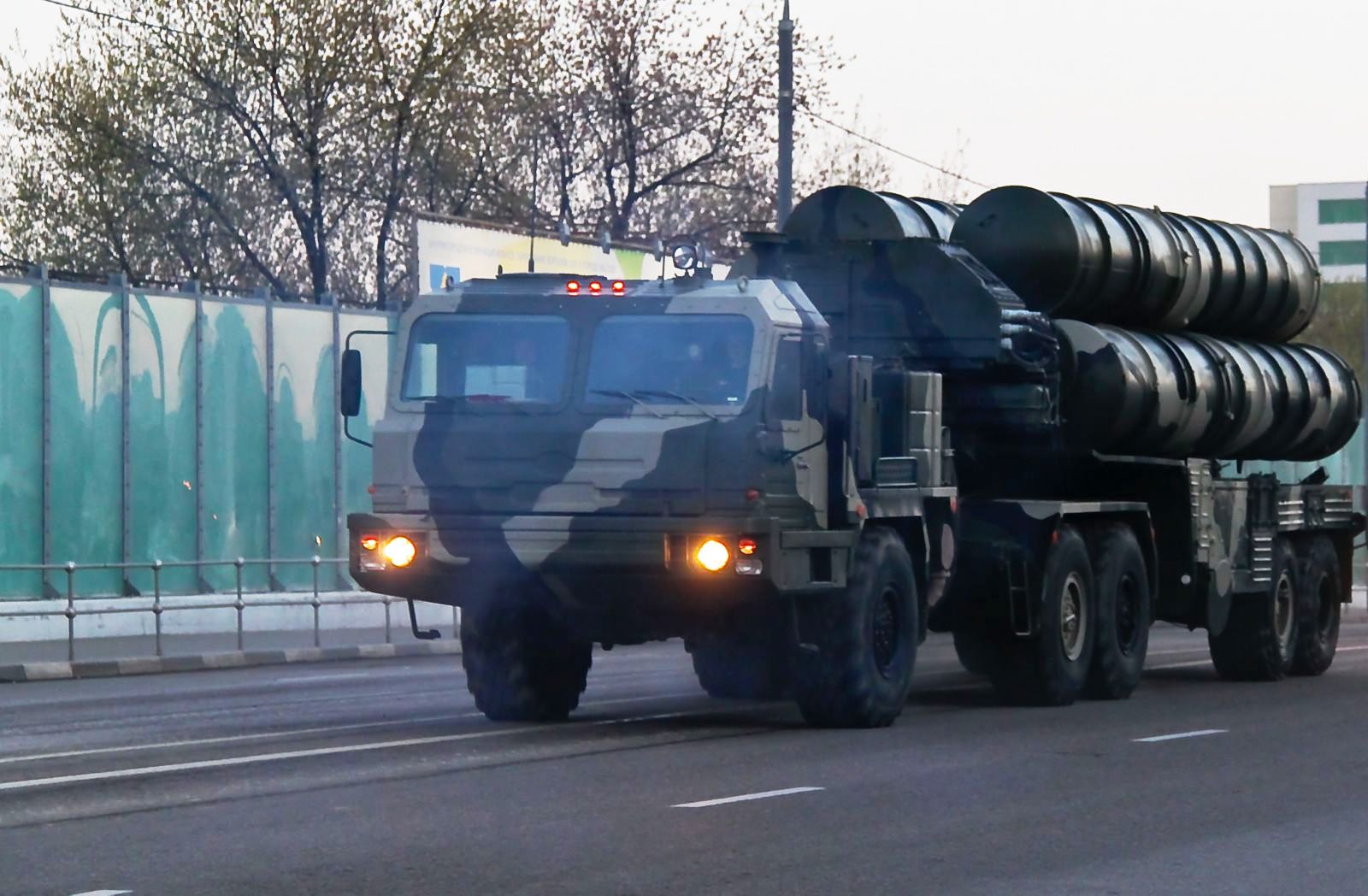Ahead of the delivery of the first batch of S-400 missile defense systems from Russia, it might be interesting to look at India’s existing air defense missiles and how potent they would be in thwarting threats from China.
Recently, the Chinese Air Force (PLAAF) carried out massive air drills from its airbases opposite Eastern Ladakh. Around 21-22 PLAAF jets held an exercise opposite the Indian territory in Eastern Ladakh, a development that would have alarmed Indian officials.
India started developing its air defense systems in 1999, a year after both India and Pakistan conducted nuclear tests, and then the two neighbors fought a war at Kargil.
India’s two-tier Ballistic Missile Defence (BCMD) system includes the Prithvi Air Defence (PAD) and the Advanced Air Defence (AAD) for high (50-80 km) and low-altitude interceptions (15-30km), respectively.
There are also early-warning and tracking radars to complement this system.

Developed in two phases, Phase I focuses on defending against incoming missiles from within the Earth’s atmosphere (endo-atmospheric) while Phase II deals with beyond Earth’s atmosphere (exo-atmospheric).
- At €7.8B, Why Indian Rafale Jets Are ‘Double The Cost’ Than Egyptian Rafales?
- Why Did Netizens ‘Mock’ Nigeria For Importing JF-17 Jets From Pakistan?
India’s Ballistic Missile Defense
The development and testing for stage-I of BMD were completed in 2012. It has been speculated that India’s national capital, New Delhi, would get a defense shield. After completion of stage-II, the two-tier system will be capable of intercepting ballistic missiles from a range of 5,000 kilometers.
The first PAD missile was first successfully tested in 2006 for defense against ballistic missiles. There is a two-stage development process that relies on liquid fuel in the first stage and solid fuel in the second stage.
Similarly, the first AAD was tested in 2007 and the latest interceptor was test-fired in 2018 under the Prithvi Defence Vehicle (PDV) mission that is being mooted to replace AAD in near future.
- Watch: The Ultimate Dogfight Between US & Russian Fighter Jets Over A ‘Top-Secret’ Air Base In Nevada
- 30 Times Faster Than Speed Of Sound: Is China Really Winning The Hypersonic Race With Its JF-22 Wind Tunnel?
Akash — The Anti-Cruise Missile System
India is also actively working to develop an anti-cruise missile system capable of defending against attacks by cruise missiles. The Akash missile system developed by the DRDO is a medium-range surface-to-air missile (SAM) capable of targeting fighter jets, cruise missiles and ballistic missiles.

Since 1990, when the first test flight of Akash was conducted, several modifications and upgrades have been made in it to make it suitable for deployment in the high mountainous terrain.
The DRDO successfully tested the latest model of Akash, called ‘Akash-NG’ in January this year with additions like improved reaction time and higher-level of protection against saturation attacks.
An expert speaking to EurAsian Times earlier noted the versatility of Akash as its biggest advantage over other systems.
According to media reports, the Indian Air Force has deployed Akash at the Tezpur station in Assam, which is located 172 km from the China border.
As reported by EurAsian Times, India and Israel are jointly developing a “medium-range Barak missile system” which is capable of destroying multiple airborne targets including ballistic and cruise missiles, drones, helicopters, and combat jets.
Homegrown Missiles
According to reports, close to 63% of the military’s budget for 2021-22 is set aside for buying locally produced weapons and systems to boost defense indigenization.
On May 31st, the Indian Defence Ministry notified a second negative import list containing 108 defense items that cannot be imported.
Calling it ‘Positive Indigenization List’, it contains items such as light helicopters, anti-material rifles, next-generation Corvettes among others. The first such list came out last year in August containing 101 items.
“It is a positive list on the strength of which our own manufacturing capacity is going to increase. This is a positive list that will create jobs in India; This is a positive list as it guarantees that products made in India will be sold in India,” Prime Minister Modi had said earlier this year.
Among the indigenous weapons tested last year, the naval version of the BrahMos supersonic cruise missile, jointly developed by India and Russia and India’s first anti-radiation missile Rudram-I caught the attention of defense enthusiasts.
Another notable mention is the new version of the nuclear-capable Shaurya missile, test-fired off the coast of Odisha.
Between 2021 and 2023, the DRDO is going to overhaul the domestic weapon systems including beyond visual range (BVR) missiles, Rudram-I and the anti-tank missiles Nag.
Specifying the timelines for delivery of each item, the Astra BVR missile is expected to be delivered this year while quick reaction surface to air missile system (QRSAM) along with anti-tank missiles called ‘Nag’ and ‘Helina’ (helicopter-based Nag missile) will be inducted next year, as reported by Hindustan Times. Rudram will be ready by 2023.
DRDO also reached a milestone by successfully test-firing the Hypersonic Technology Demonstrator Vehicle (HSTDV), joining the elite hypersonic club, as reported by Eurasian Times.
Awaiting The Russian S-400
The state-of-the-art S-400 Triumf air defense system consists of long-range surface-to-air missiles (SAM) with varying 40km-400 km range. It is capable of intercepting missiles as well as aircraft.
Despite reservations from the US, India requested to expedite the delivery of the missiles in view of the ongoing standoff with China and the Russians assured India of timely delivery by 2021 year-end, as Eurasian Times reported.
The US has been opposing the acquisition of S-400 by its allies fearing that the Russian weapon system would endanger the security of US military technology and personnel. Washington has already imposed sanctions on Turkey, a NATO ally, for buying the S-400 from Russia despite repeated warnings.
China has also imported the same set of S-400 missiles and received its first batch back in 2018. In the same year, India inked the $ 5.43-billion deal with Russia during the 19th India-Russia Annual Bilateral Summit in New Delhi.
Amid the ongoing standoff with China, India’s indigenous BDM missiles along with S-400 will provide the necessary defense against any unprecedented Chinese aggression.
Read More
- WATCH: Russian Su-30 Fighter Forces F-35 Stealth Jets To Retreat In Their ‘First-Ever Encounter’
- Despite World’s Biggest Navy, Why China Will Struggle To Match Indian Submarines In The Indo-Pacific?




